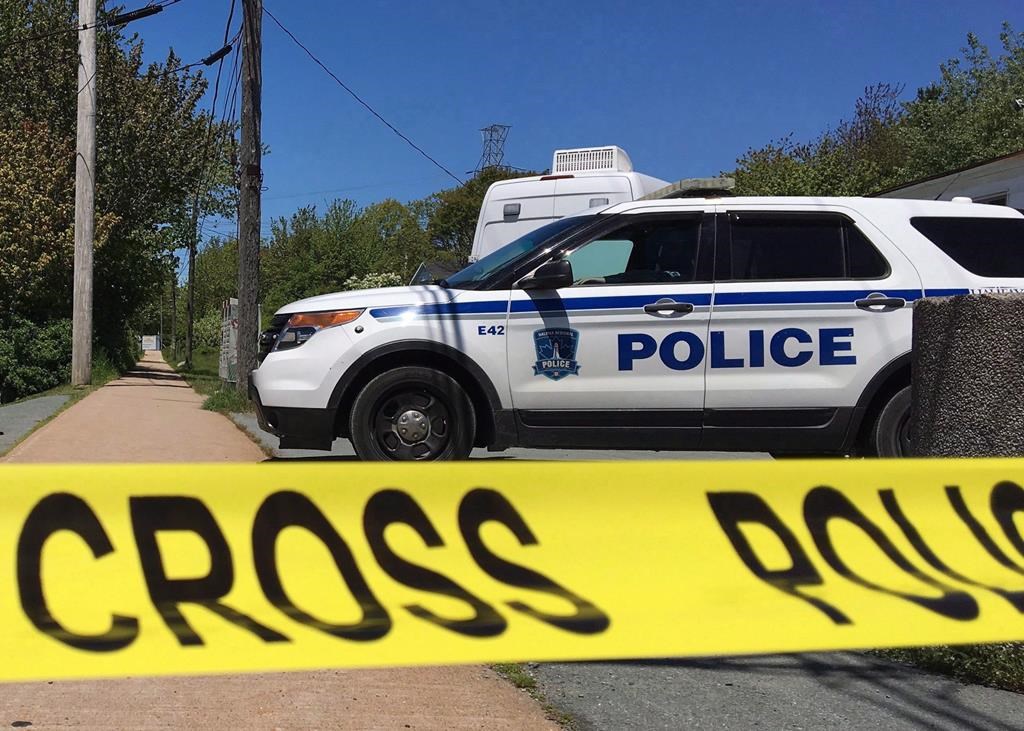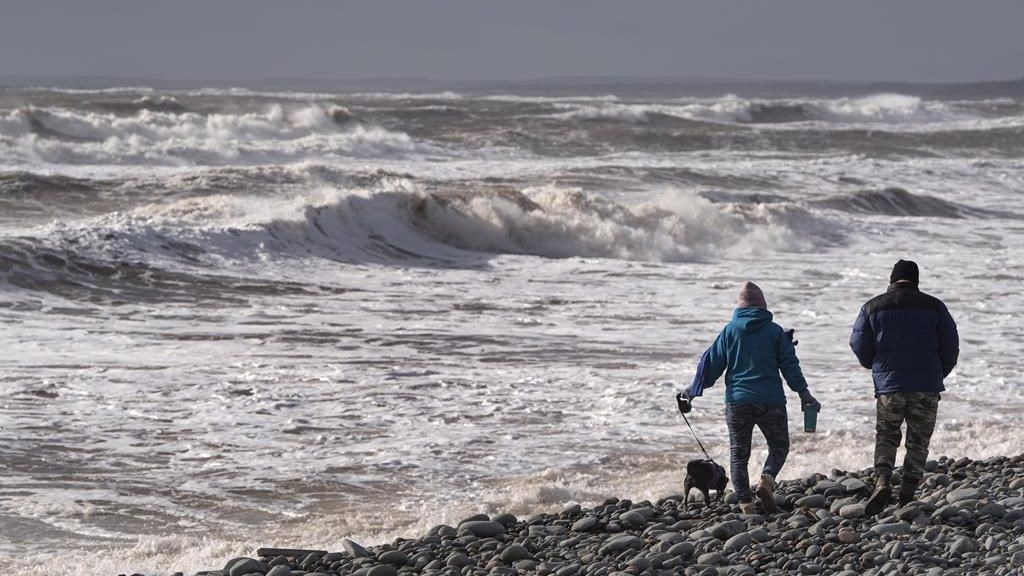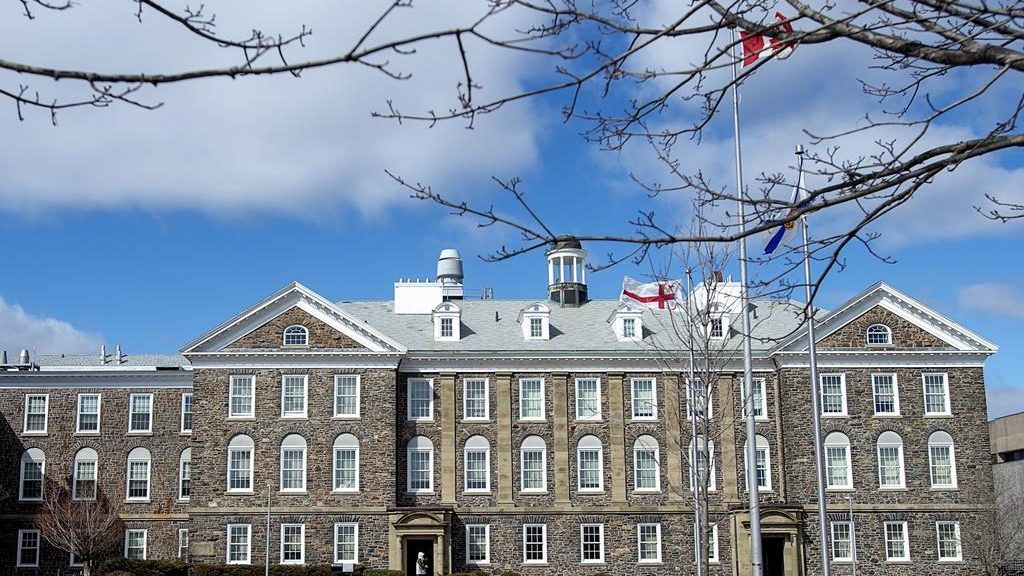South Korea approve plans to salvage sunken ferry, 1 year after disaster killed 300 people
Posted Apr 21, 2015 11:37:53 PM.
This article is more than 5 years old.
SEOUL, South Korea – South Korea on Wednesday formally approved plans to salvage a ferry that sank last year in one of the country’s deadliest disasters in decades that killed more than 300 people.
Raising the ferry is one of the demands made by bereaved families, who hope that might help reveal details about the cause of the sinking and find bodies of the nine passengers still missing. Some conservative critics have opposed raising the Sewol, a civilian ship, with taxpayers’ money and are skeptical that salvaging it will provide new revelations and find the missing.
The bodies of 295 people have been recovered. Most of the victims were high schools students who were on a trip to a southern resort island.
Public Safety and Security Minister Park In-yong told a televised news conference that the government endorsed a request by the Ministry of Oceans and Fisheries to hoist the ship from the seafloor off the country’s southwest coast.
The endorsement was widely expected as President Park Geun-hye last week promised to try to salvage the ship and retrieve the nine missing people during a ceremony marking the first anniversary of the disaster.
Park’s government had faced criticism from relatives of the victims and their supporters, who say officials were reluctant to start work to lift the ship due to expected high costs. In the first several months after the sinking, relatives had opposed raising the ship because they worried that would damage the bodies of those believed trapped inside or allow them to be swept away.
Salvaging the ship is estimated to cost between $91 and $137 million and take as long as 18 months, according to the oceans ministry.
Ministry officials said the government will first select, within two months, a company to lift the Sewol before formulating detailed salvaging plans in the following months. Oceans Minister Yoo Ki-june told the same news conference Wednesday that some of salvage work, such as removing remaining oil from the sunken ship and deploying barges where workers can stay near the sinking site, are expected to start as early as September.
A year after the sinking, there is lingering public anger over the government’s handling of the disaster, with the start of an investigation by a special committee still stalled over the issue of personnel makeup. Violence erupted Saturday at a Seoul rally led by bereaved families and their supporters, leaving dozens of people injured.
In the aftermath of the accident, authorities arrested about 140 people, including crew members and ferry company employees. They blamed overloading of cargo, improper storage, botched rescue efforts and other negligence for the incident, but critics say higher-level officials haven’t been held accountable.










